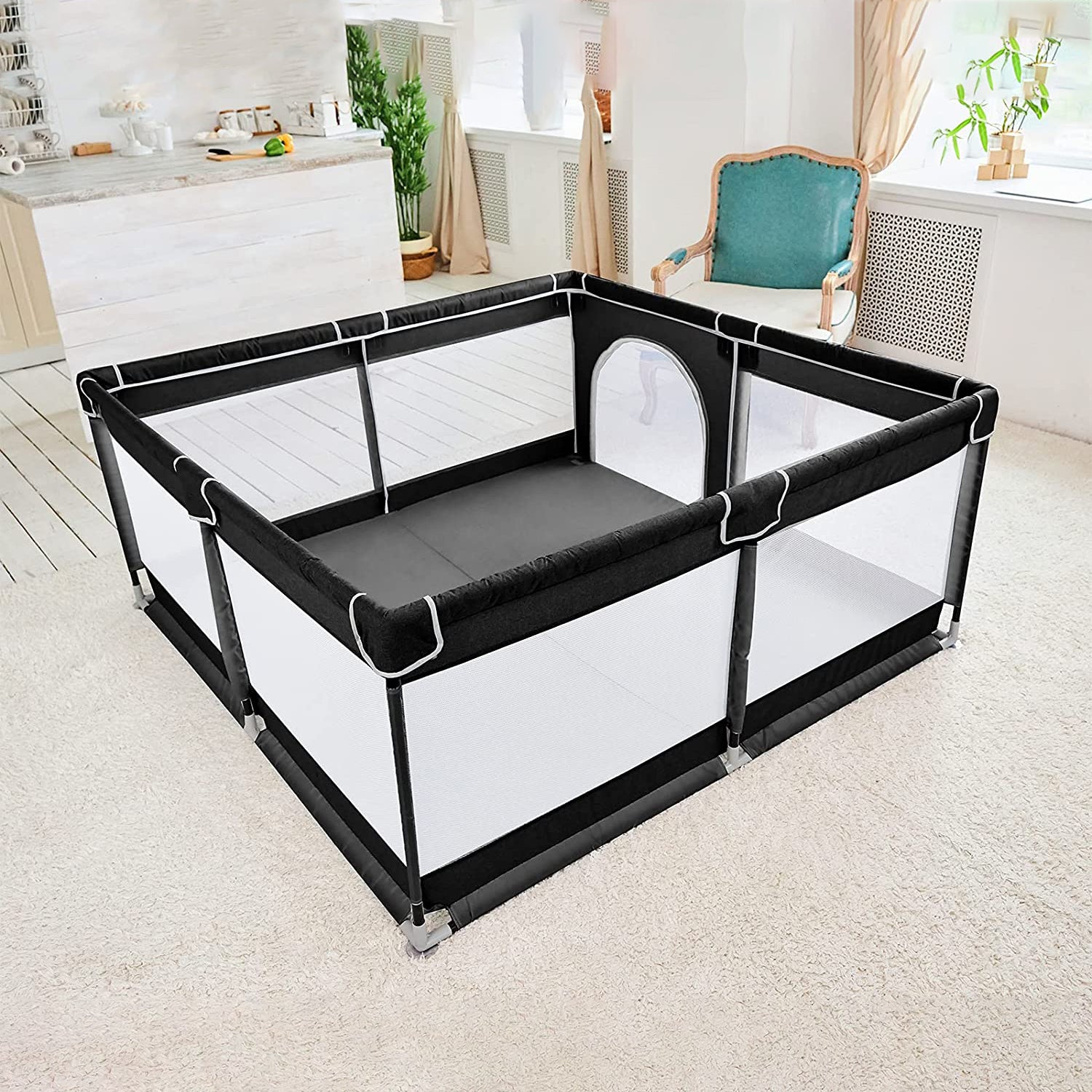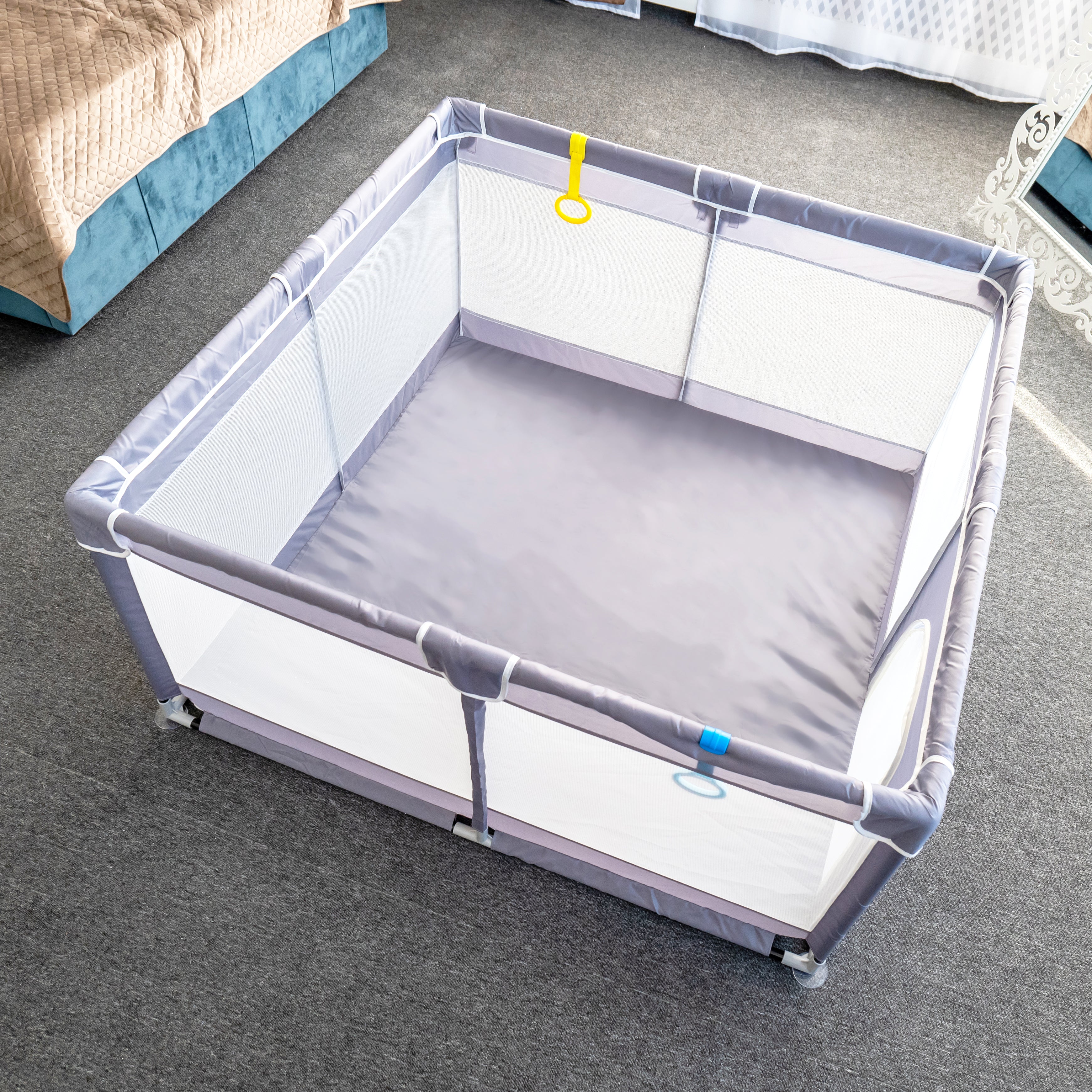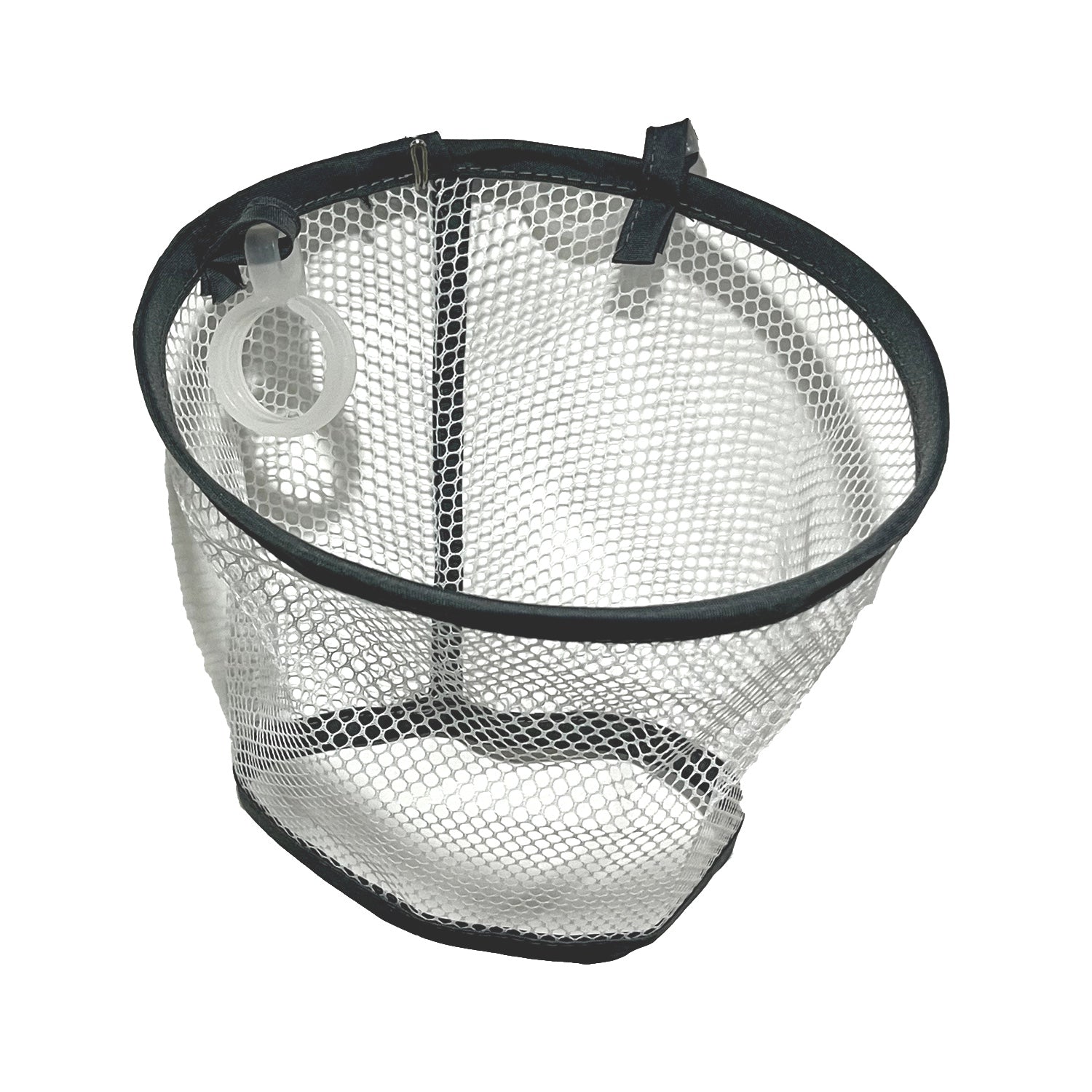Enhancing Child Safety: The Role of Home Security Surveillance Systems

Ensuring a safe environment for children is a top priority for every parent. As a specialist in the industry, I firmly believe that home security surveillance systems play a crucial role in creating a secure atmosphere for children. In this blog, we will explore how these systems enhance child safety and the significant impact they have on modern parenting.
1. Preventing accidents:
Home security surveillance systems equipped with video monitoring features enable parents to keep a constant eye on their children, even when they are not physically present. For instance, a live-feed camera installed in the nursery allows parents to monitor their baby's sleep patterns or check if their toddler is safely playing in the living room. This real-time monitoring significantly reduces the risk of accidents and offers parents peace of mind.
Data: According to a study conducted by Safe Kids Worldwide, 72% of unintentional fatal injuries in children aged 14 years and younger occur inside the home.
Example: Imagine a situation where a parent remotely monitors their child through a security camera and notices their little one climbing dangerously on a bookshelf. With instant awareness, the parent quickly rushes to prevent any mishaps.
2. Protection against intruders and strangers:
One significant advantage of home security surveillance systems is their ability to provide protection against potential threats outside the family circle. Video doorbell cameras, for instance, allow parents to see and interact with visitors without opening the door. This feature acts as a vital safeguard, ensuring that children are not exposed to uninvited strangers or dangerous individuals.
Data: According to the Federal Bureau of Investigation (FBI), approximately 1 in 36 homes in the United States experience a burglary annually.
Example: A working parent receives a notification on their smartphone that someone is at the front door. They access the live video feed through their security app and identify an unfamiliar individual claiming to be a delivery person. With the ability to communicate through the system, the parent politely declines the delivery, safeguarding their child from any potential harm.
3. Promoting child accountability:
Introducing surveillance systems at home encourages responsible behavior in children. Knowing that their actions are being monitored instills a sense of accountability and discipline. It also creates an opportunity for parents to engage in open conversations with their children about the importance of safety and responsible decision-making.
Data: A survey conducted by the National Center for Missing and Exploited Children found that 43% of teens admit to engaging in risky online behavior.
Example: A teenager, aware of the home security surveillance system, is less likely to engage in inappropriate online activities or invite unsupervised guests when their parents are away. This accountability helps foster a safer and more trust-based relationship between parents and their children.
Conclusion:
Home security surveillance systems have emerged as indispensable tools in ensuring the well-being of children. By preventing accidents, protecting against intruders, and promoting child accountability, these systems offer countless benefits to modern families. Investing in a reliable surveillance system not only enhances child safety but also empowers parents with the peace of mind to focus on nurturing their children's growth and development.


























































































































































































































Leave a comment